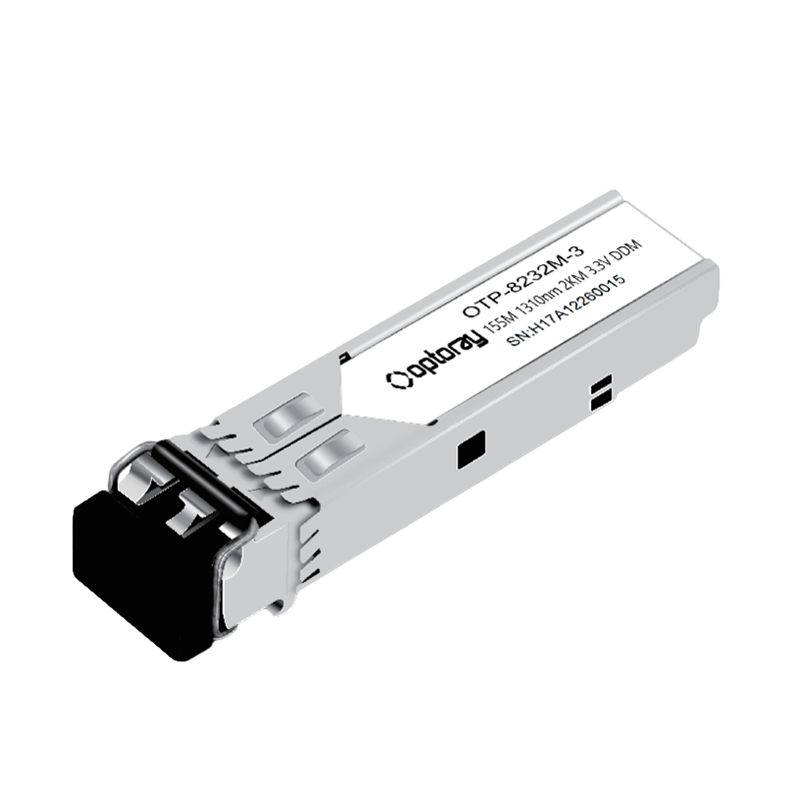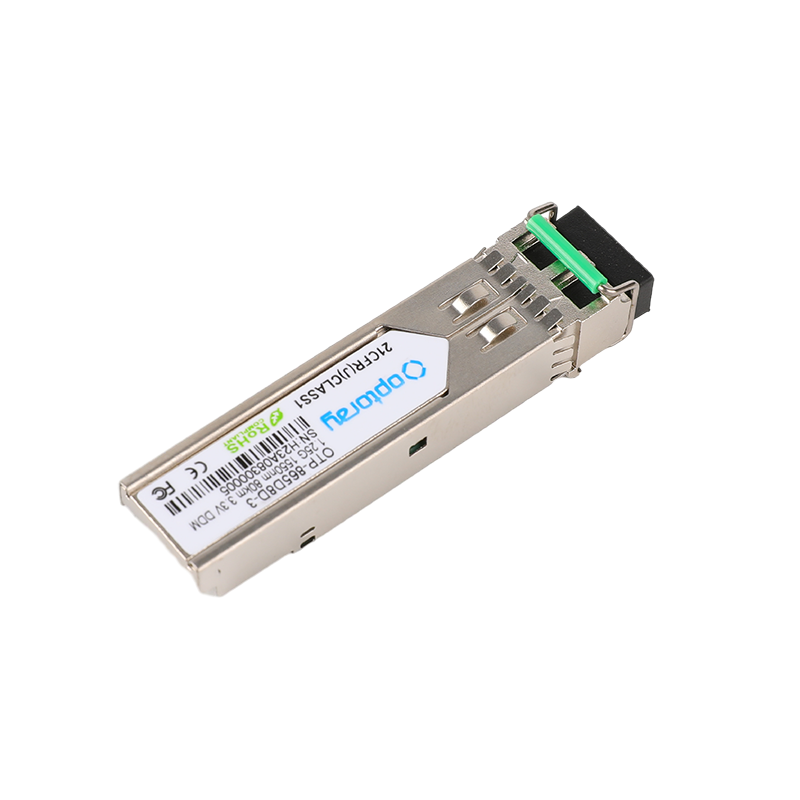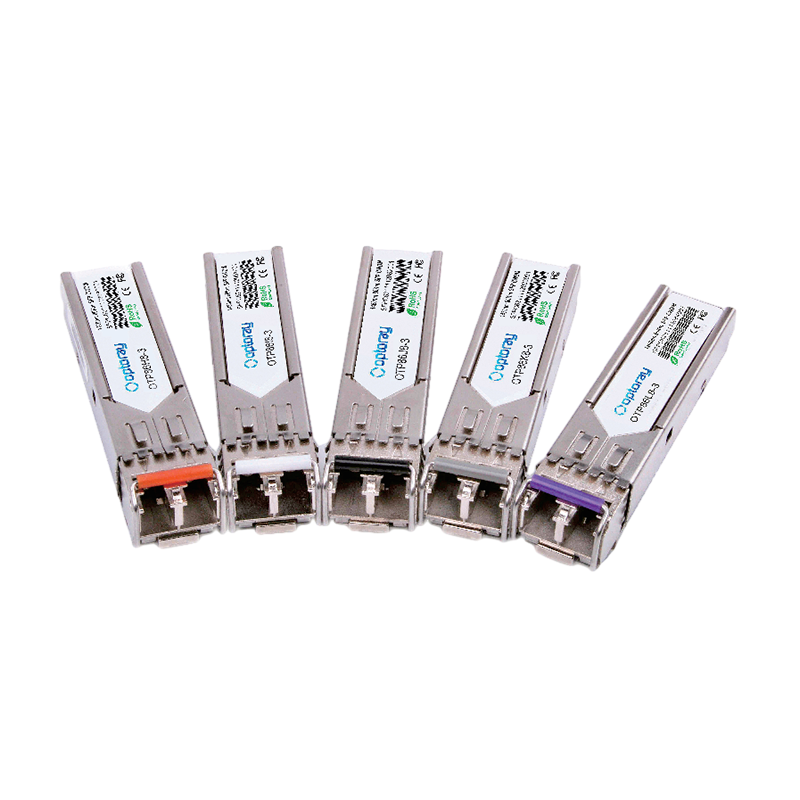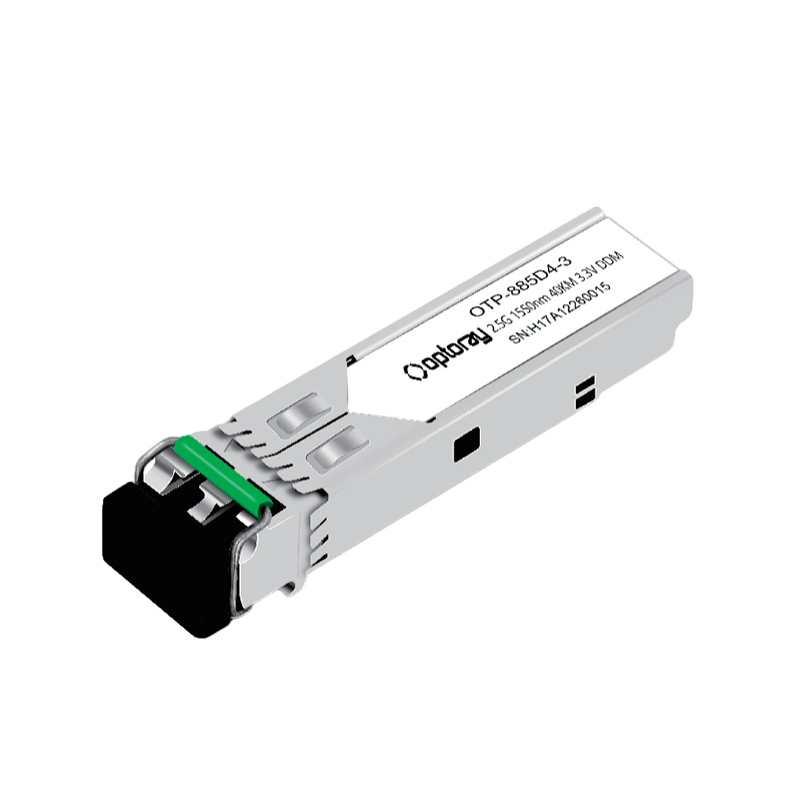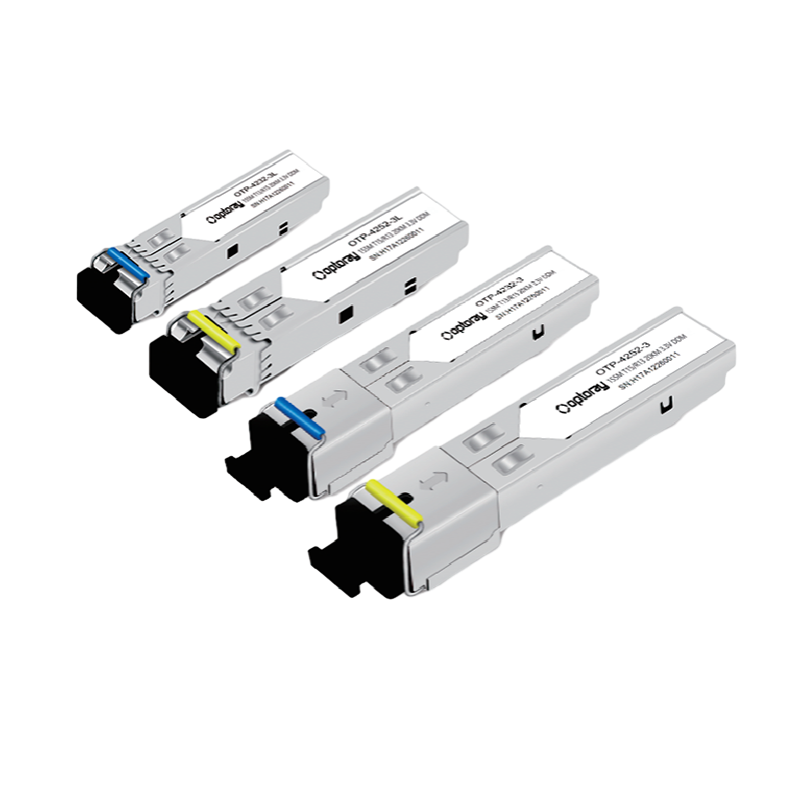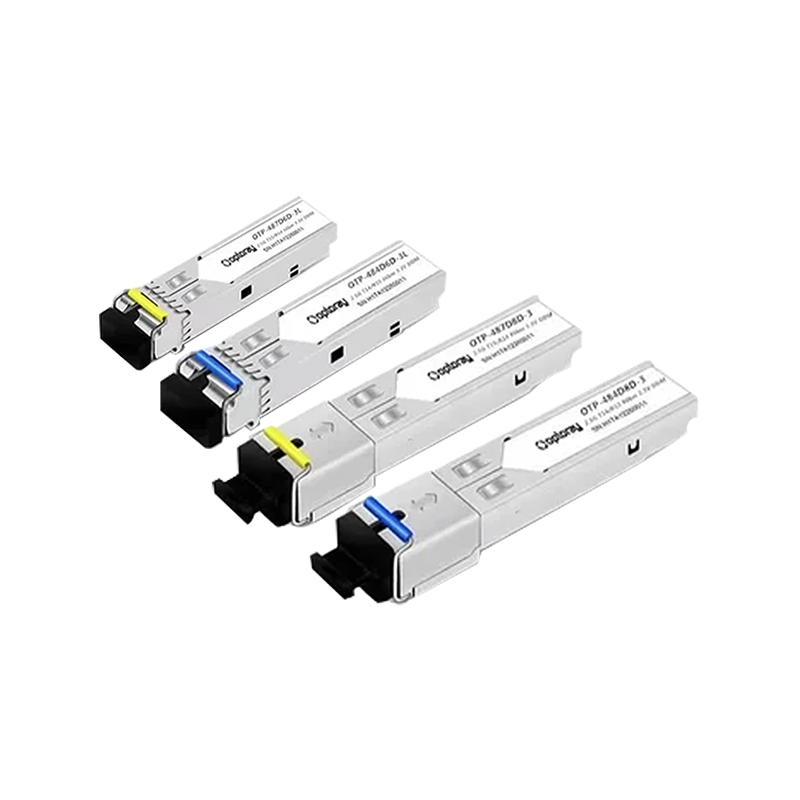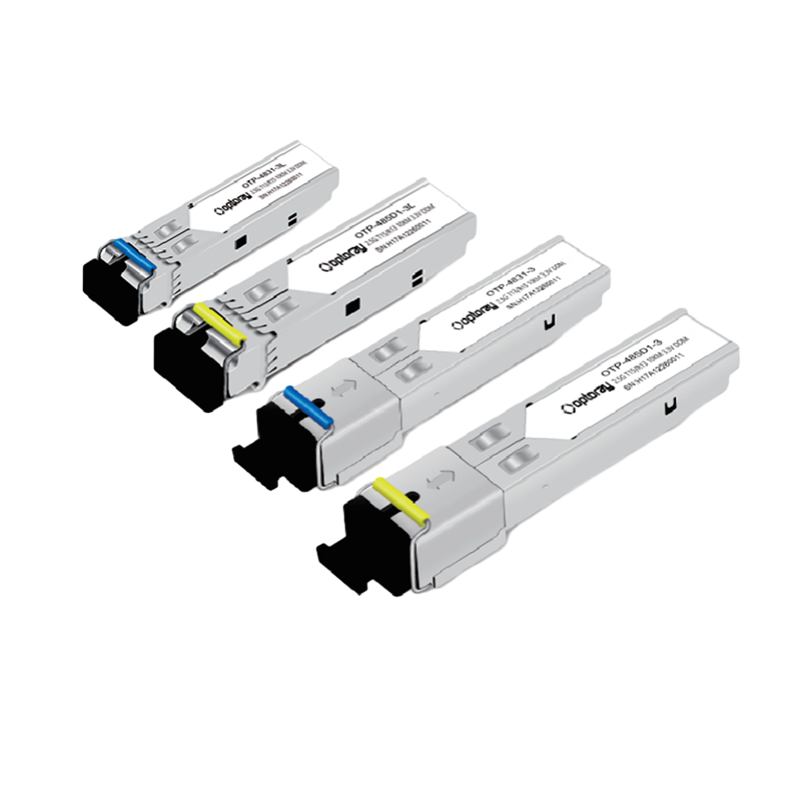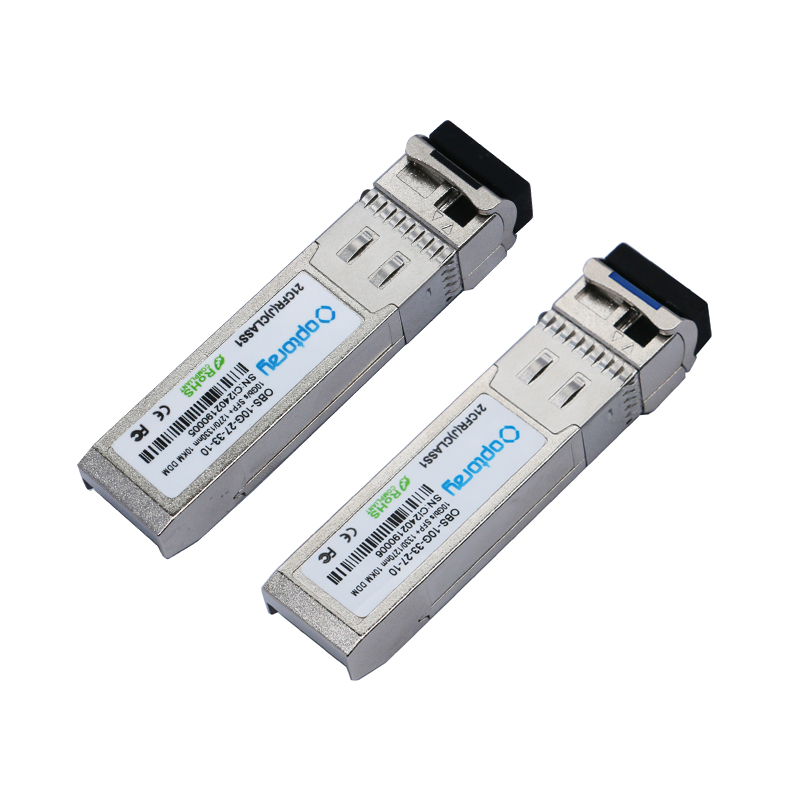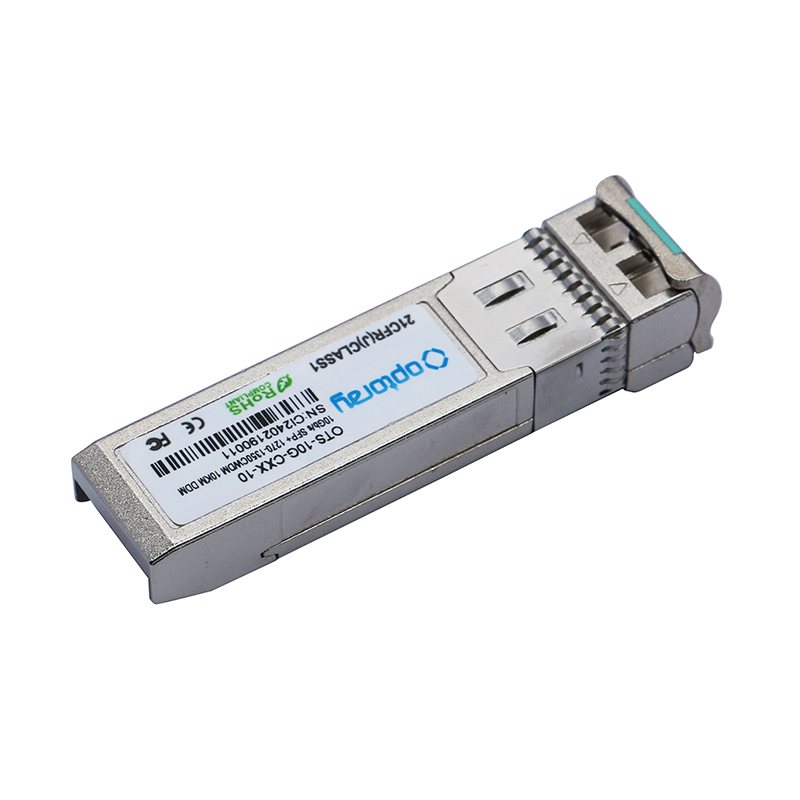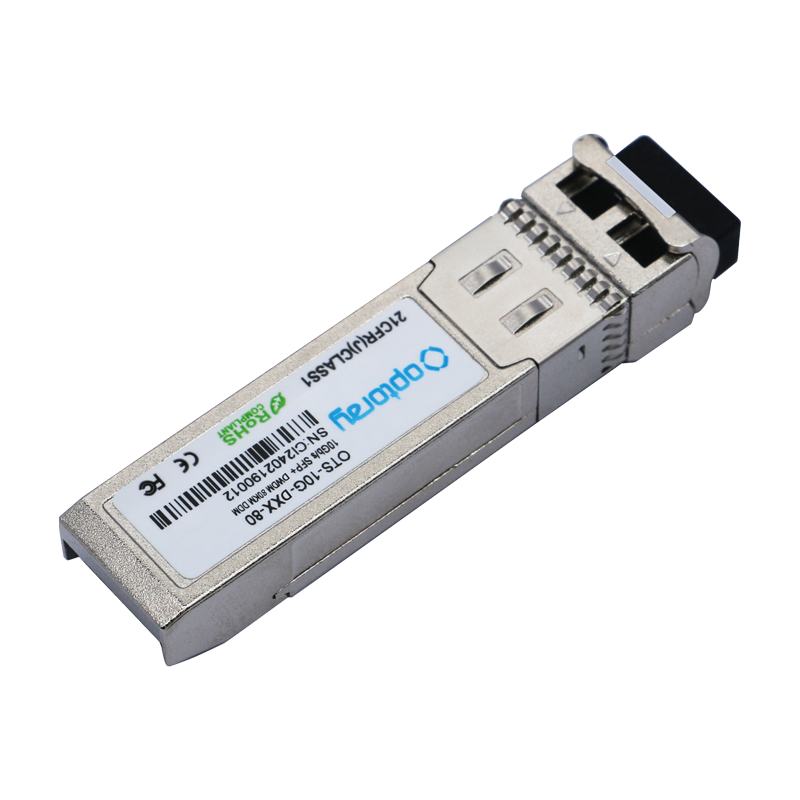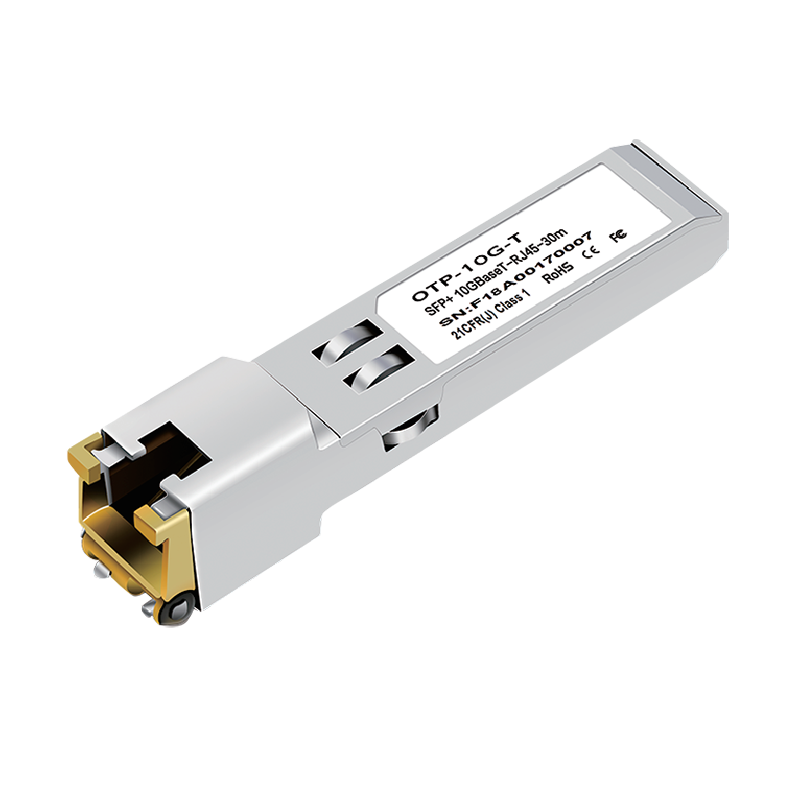+86-0559-5290604
SFP: The key hub of modern network interconnection
In today's era of information explosion and high-speed data flow, network infrastructure, as the cornerstone of global communications, has a direct impact on the development of all walks of life with its performance and efficiency. SFP, or Small Form-factor Pluggable, is a communication component that plays an extremely important role in this context. It is small and flexible, but has powerful data transmission capabilities. It is widely used in optical fiber communications and high-speed networks. It is one of the core components that connect key equipment such as servers, switches and routers.
The birth of the SFP module is a milestone in the miniaturization and modularization of communication equipment. Traditional optical modules are often large in size, low in integration, and poor in scalability. The design concept of SFP is to concentrate functions in standardized micro slots, so that equipment manufacturers can flexibly replace or upgrade modules without affecting the overall layout. Whether it is multi-mode or single-mode optical fiber, whether it is short-distance or long-distance transmission, SFP can provide corresponding solutions. This flexibility makes it not only widely used in enterprise-level data centers, but also plays a pivotal role in telecommunications, security, transportation and even industrial automation.
SFP modules support hot swapping, which means that modules can be quickly replaced or maintained without shutting down the system, greatly improving the availability and operation and maintenance efficiency of network equipment. With the popularization of Gigabit networks and the deployment of 10G and even higher-speed network architectures, SFP is also evolving, launching SFP+, SFP28 and other series to meet the needs of higher bandwidth and lower latency.
SFP is not just a simple physical connector, it also carries the conversion and management functions of communication protocols. Through the built-in EEPROM chip, the SFP module can store detailed parameters including manufacturer information, serial number, wavelength, transmission distance, etc., for real-time identification and monitoring of network devices. This "intelligent" feature allows network administrators to perform status detection and remote management of modules through software, significantly improving the efficiency of fault diagnosis and processing.
In terms of network security, the modular design of SFP also provides an additional layer of protection. Since each module is an independent working unit, it can be quickly replaced when a fault occurs without affecting the overall system operation, thereby reducing the risk of single point failure. At the same time, by configuring different types of SFP modules, different network areas can also be physically isolated to achieve a higher level of data protection.
As an indispensable part of modern network architecture, SFP not only represents a hardware form, but also symbolizes the continuous pursuit of flexibility and scalability in network design. From the initial Gigabit module to today's high-speed multi-functional products, SFP is helping the human information society move towards a more intelligent, efficient and stable future with its professional design concept and evolving technical capabilities.



 English
English русский
русский


